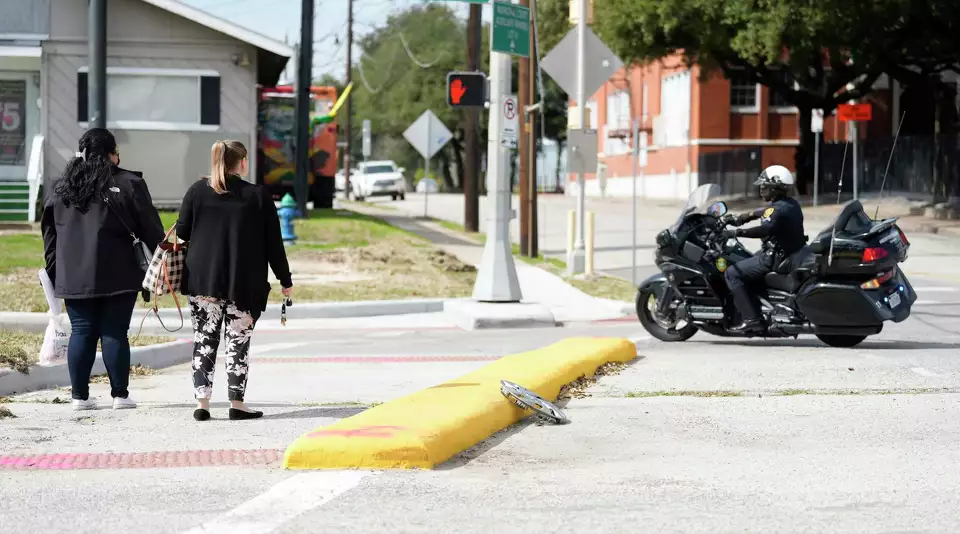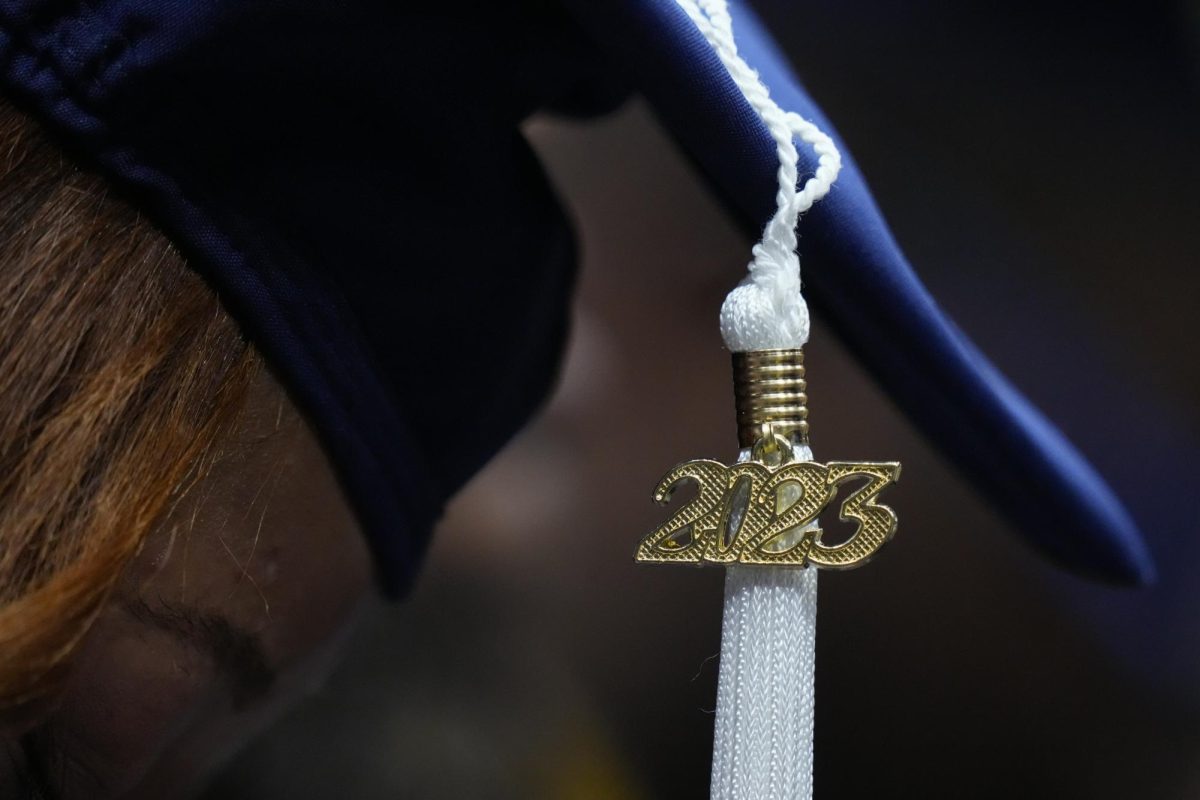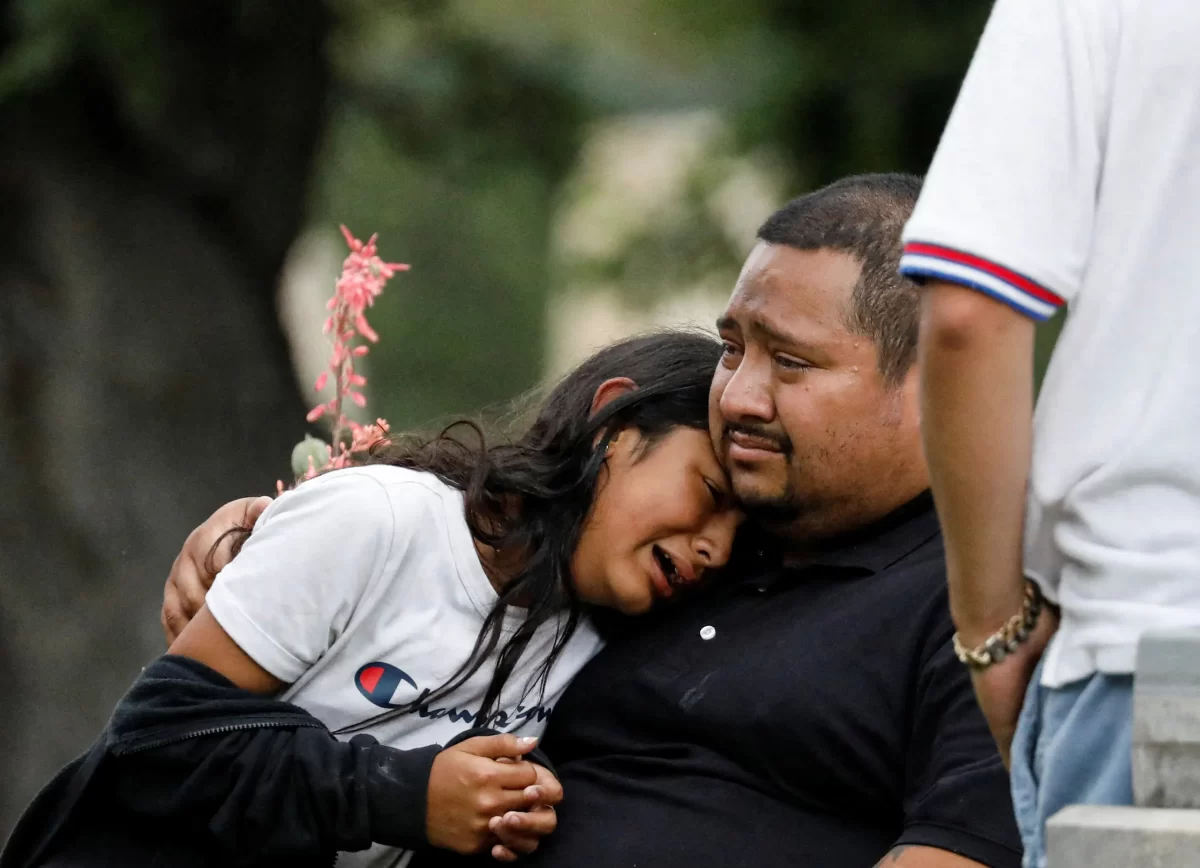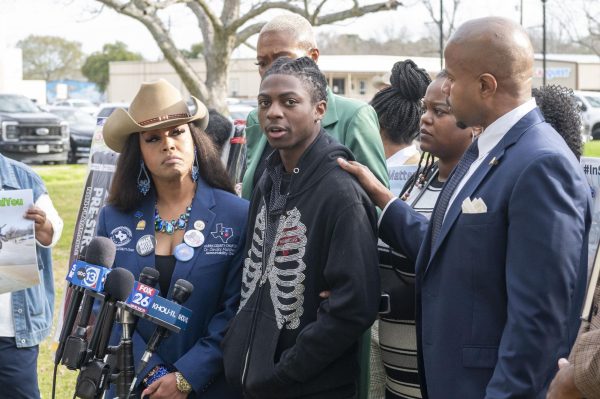Are picking Bluebonnets legal?
April 14, 2016
For years now, Texans have told tourists and each other that “It’s illegal to pick bluebonnets!” With the state flower blossoming across Texas, it’s time to re-examine that. That belief itself is completely false; it’s an urban legend.
According to the Texas Department of Public Safety, there’s no such law prohibiting the picking of our state flower. The law only stipulates that you cannot trespass on private property, even to take a photo. This involves farms and other places that are privately owned. However, in the case of a public area, it’s perfectly fine to pick as many as you want.
In doing so, it’s highly advised that people should only pick the least number of Bluebonnets as possible. Bluebonnet seeds are usually taken up when picked, therefore it’s important to leave as many flowers undisturbed so they could continue to blossom.
All bluebonnet flowers are members of the Lupinus, or lupine genus. The word Lupine comes from the Latin meaning “wolf”. The plant was given the name because at the time, it was thought to ravage the soil. Ironically, it’s now understood that the bluebonnets give nitrogen into the soil, making it more fertile than before.
Earlier in Texas history, Spanish priests would gather bluebonnet seeds and scatter them around their monasteries. It was widely believed that bluebonnets were native to Spain due to this action, but historically, the bluebonnets have always been native to Texas. In fact, according to studies done by Texas A&M University, the two predominant species of bluebonnets are found only in Texas.
On March 7, 1901, the twenty-seventh Texas legislature adopted the bluebonnet flower from Lupinus subcarnosus, as the state flower. The popular name for the bluebonnet derives from its resemblance to a sunbonnet. For the next 70 years, there was fierce debate within legislature on which species of the flower to make official.
Due to their popularity, five species of the flower: L. subcarnosus, L. texensis, L. concinnus, L. plattensis, and L. havardii were counted as official derivatives of the state flower.
This was made official by Governor Preston Smith, who signed it into law on March 8, 1971, almost 70 years to the day from when Governor Joseph D. Sayers made the bluebonnet the state flower.
The shape of the petals on the bluebonnet resembles the bonnet worn by American pioneer women to shield them from the sun back during the late 1700s to 1800s.
A common local area to find bluebonnets include Highway 71 from Austin to Brady, which is lined on either side with the wildflowers. It’s common for families to visit an area where bluebonnets are to take photos, and that’s even become a yearly tradition as well.
Thanks to the late Lady Bird Johnson, LBJ’s wife, bluebonnets were planted along the highways. She was able to persuade the Texas legislature to seed bluebonnets and other flowers as such. Her efforts became part of the Highway Beautification Act, which led to many scenic places in Texas where flowers blossom.
From March to May, the flowers show their deep blue blossom all over.



















